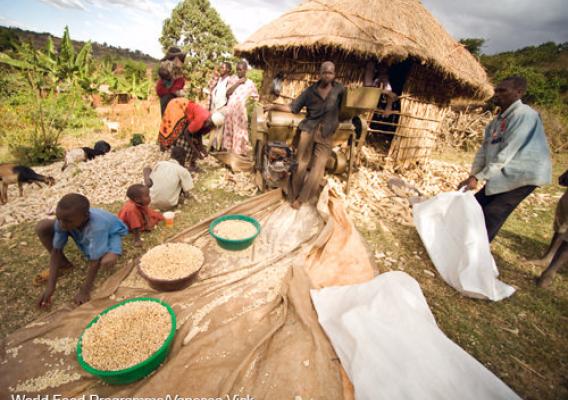USDA’s recently released annual report on the incidence and severity of food insecurity in American households marks 20 years of Federal statistics measuring U.S. food insecurity. This year’s report, presenting 2014 data, shows that 86.0 percent of American households were food secure throughout the entire year, meaning that all household members had access at all times to enough food for an active, healthy life. In 2014, 14.0 percent of U.S. households (17.4 million households) had difficulty at some time during the year providing enough food for all their members because of a lack of financial or other resources. Food insecurity, essentially unchanged from 2013, is down from a high of 14.9 percent measured in 2011.
Looking back over the last several years, the food insecurity rate, as expected, rose in 2008 with the recession. But the food insecurity rate has not returned to pre-recession levels. Research shows that while modest improvements in food security have accompanied declining unemployment, other changes in the economy, including higher food prices, appear to offset the effect of unemployment declines. These higher food prices, along with an increase in overall inflation, are key factors preventing food insecurity rates from any substantial decline. Another Economic Research Service (ERS) study found that, particularly for households receiving benefits from USDA’s Supplemental Nutrition Assistance Program (SNAP), higher local food prices were related to higher food insecurity.




